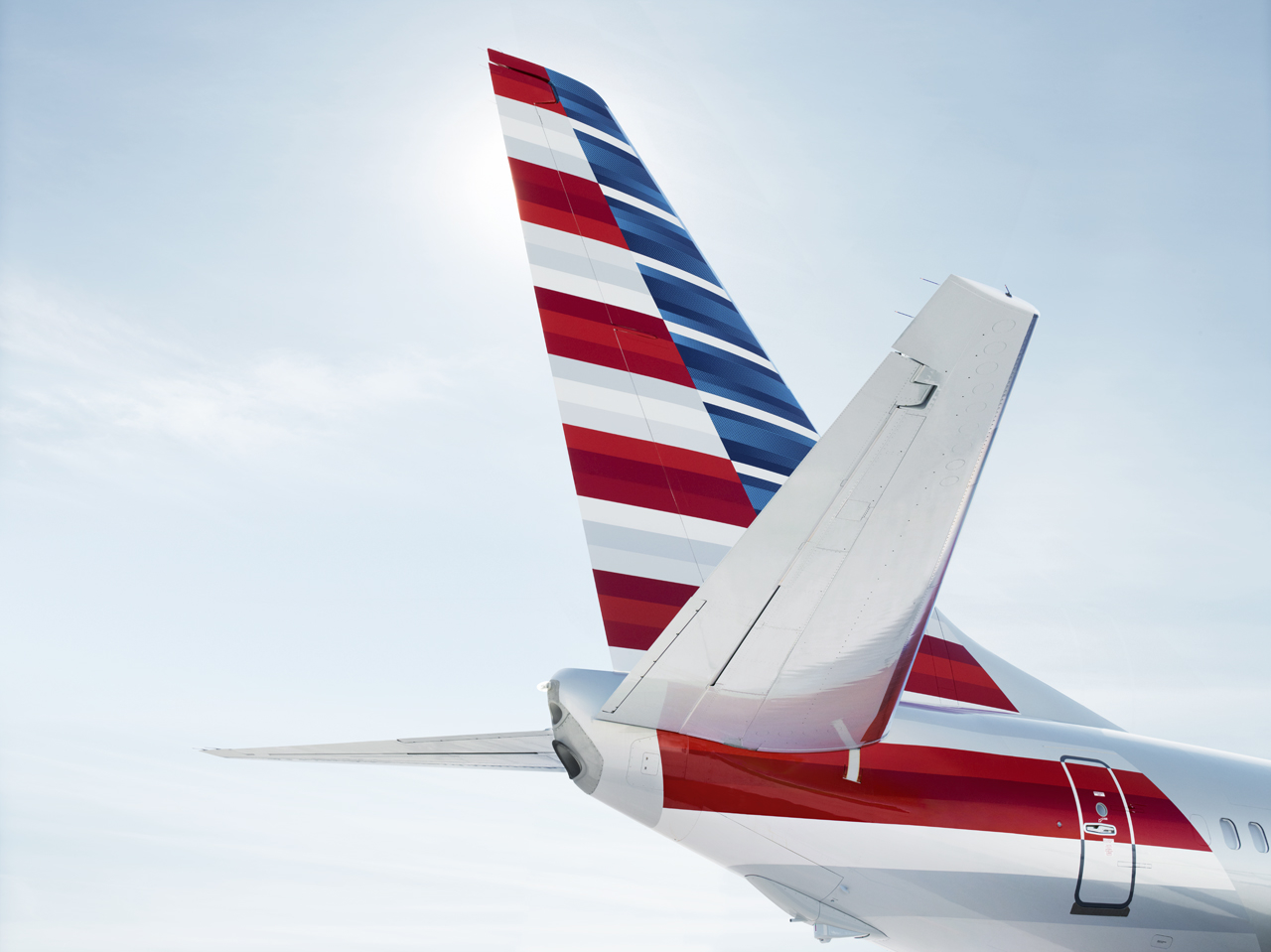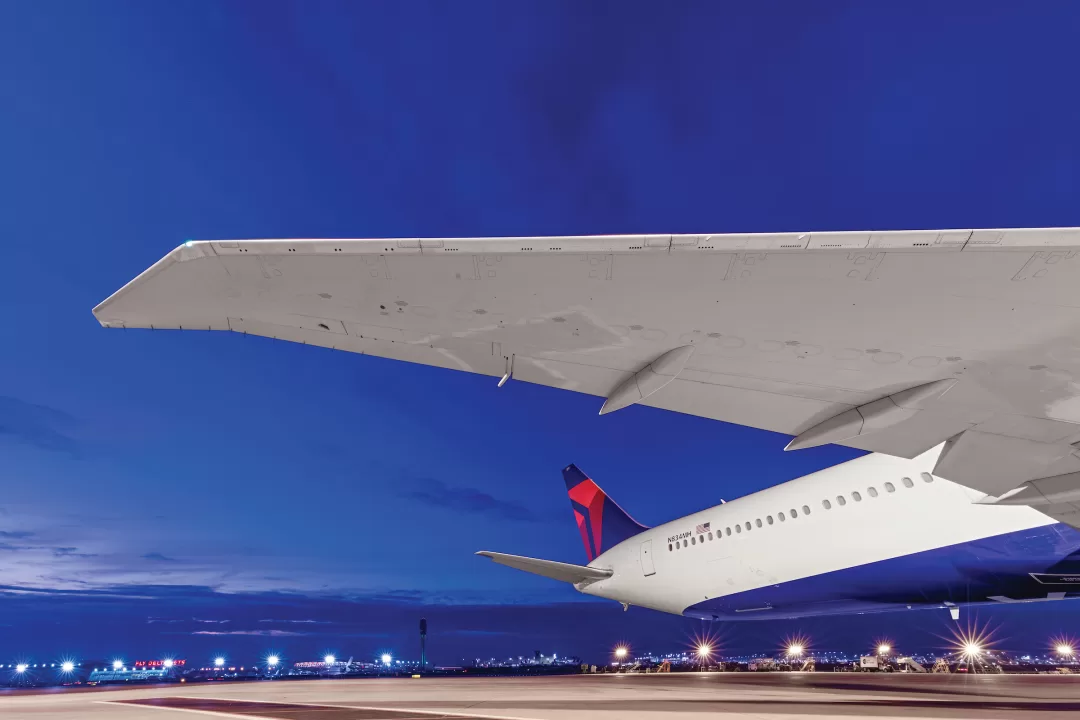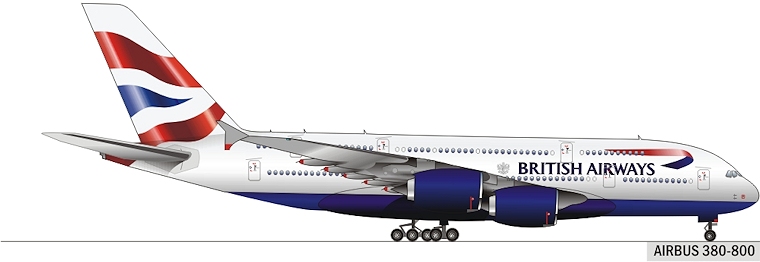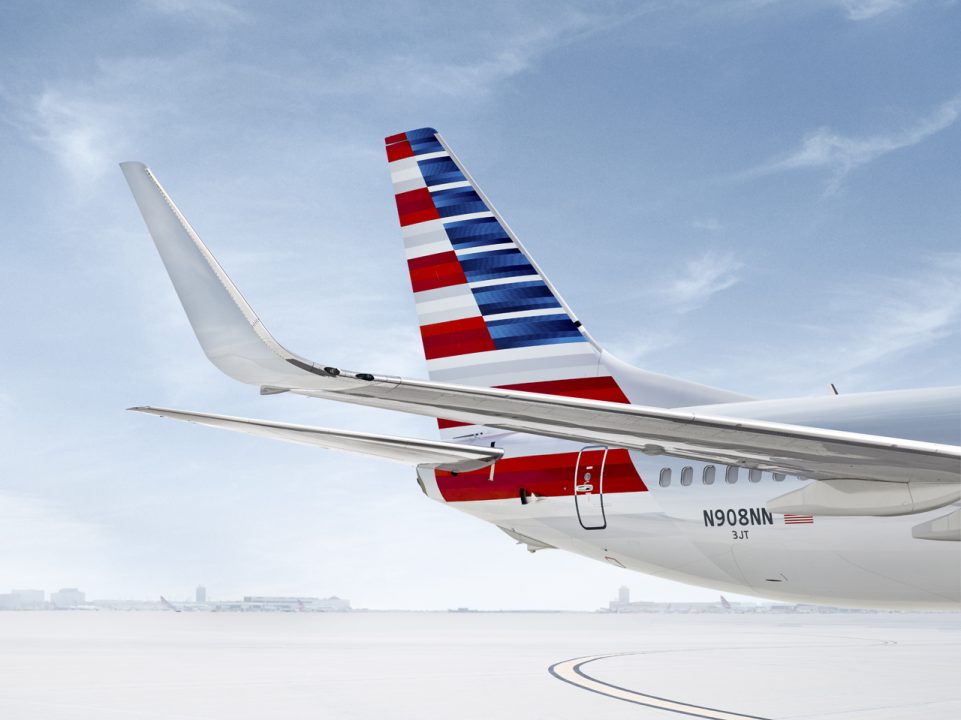The global aviation landscape in 2025 is undergoing a profound metamorphosis, driven less by individual expansion and more by intricate networks of collaboration. As the industry continues its recovery and adapts to post-pandemic realities, a select group of powerhouse airlines – American Airlines, Delta Air Lines, Air Canada, Qantas, British Airways, and Qatar Airways – are at the forefront, strategically employing mergers, joint ventures, and enhanced codeshare agreements to redefine international connectivity. This shift marks a new era where strategic partnerships are paramount for resilience, efficiency, and sustained growth.
These airlines recognize that in the current environment, deeper alliances offer significant advantages. They allow carriers to expand their global reach into new markets without the immense capital expenditure of launching new routes independently. By sharing operational resources, coordinating schedules, and integrating loyalty programs, these partnerships aim to create a more seamless and attractive travel experience for passengers while simultaneously driving down costs and optimizing fleet utilization.

Leading the charge are several key partnerships reshaping specific regions. American Airlines and Qatar Airways, both members of the oneworld alliance, are leveraging their codeshare agreement to significantly enhance access between North America and vast markets across Asia and Africa, utilizing Doha as a critical connecting hub. Similarly, Delta Air Lines’ strategic joint venture with LATAM Airlines Group represents a major power shift in the Western Hemisphere, creating near-seamless travel options and loyalty benefits between North and South America, effectively integrating their networks.

These images are protected by copyright. Delta has acquired permission from the copyright owner to the use the images for specified purposes and in some cases for a limited time. If you have been authorized by Delta to do so, you may use these images to promote Delta, but only as part of Delta-approved marketing and advertising. Further distribution (including providing these images to third parties), reproduction, display, or other use is strictly prohibited.

Air Canada, a cornerstone of the Star Alliance, is bolstering its position by expanding eastward through partnerships, including deeper ties with Emirates and enhanced joint ventures with allies like Lufthansa and Singapore Airlines. This strategy focuses on strengthening connections from Canadian hubs to Europe and the Asia-Pacific, particularly targeting premium travel segments while its domestic competitor, WestJet, consolidates its position in the low-cost market.

Across the globe, the long-standing partnership between Qantas and British Airways continues to evolve. They are strengthening their “kangaroo route” dominance and transcontinental links through coordinated schedules and dual-hub strategies centered around London and key Australian cities. This collaboration is further amplified by their shared oneworld alliance membership, particularly through the deepened relationship between British Airways and Qatar Airways.

The British Airways and Qatar Airways partnership exemplifies the trend towards deeper integration. Moving beyond standard codeshares, they have implemented integrated booking systems, revenue-sharing models on key routes, and reciprocal lounge access. This near-merger alignment provides British Airways with unparalleled access to the Middle East, India, Southeast Asia, and Africa via Doha, while granting Qatar Airways enhanced connectivity into North America and Europe through London. This strategic positioning directly challenges rivals like Emirates and Turkish Airlines.

While these collaborations offer passengers benefits like expanded route networks, simplified booking, and integrated frequent flyer perks, the consolidation also raises questions. Increased market concentration on certain routes could potentially lead to reduced fare competition. Consequently, regulatory bodies in major markets like the U.S., EU, Canada, and Australia are intensifying their scrutiny of these alliances to safeguard consumer interests against anti-competitive practices.

In essence, 2025 showcases an aviation industry where collaboration is the new competitive edge. American, Delta, Air Canada, Qantas, British Airways, and Qatar Airways are not merely reacting to market changes; they are actively architecting the future of air travel through intelligent, globally-minded strategic partnerships, proving that flying further often means flying together.

Highlights and Important Facts:
- Shift in Strategy: The airline industry in 2025 is prioritizing strategic partnerships (mergers, joint ventures, codeshares) over solo expansion for growth and resilience.
- Key Drivers: Post-pandemic recovery, cost efficiency, network expansion, improved connectivity, and enhanced customer loyalty are fueling this trend.
- Leading Airlines: American, Delta, Air Canada, Qantas, British Airways, and Qatar Airways are central figures in this transformation.
- American & Qatar: Deepening their oneworld codeshare to unlock access between North America, Asia, and Africa via Doha.
- Delta & LATAM: A significant joint venture transforming connectivity and loyalty integration between North and South America.
- Air Canada: Expanding eastward (Asia/Middle East via partners like Emirates, Singapore Airlines) and leveraging Star Alliance ties, focusing on premium markets.
- Qantas & British Airways: Strengthening their historic partnership with dual-hub coordination for enhanced transcontinental reach (Europe-Australia).
- British Airways & Qatar: Implementing near-merger levels of integration (booking, revenue sharing, lounges) to dominate UK-Gulf-Asia/Africa routes and compete with rivals.
- Collaboration as Competition: Airlines are using partnerships as powerful tools to gain market share, optimize operations, and challenge competitors.
- Traveler Impact: Benefits include more destinations, smoother connections, and integrated loyalty programs. Potential downsides include concerns over reduced fare competition on consolidated routes.
- Regulatory Oversight: Global regulators are closely monitoring these alliances for potential anti-competitive effects.
- Future Foundation: These strategic collaborations are seen as essential for building a more agile, efficient, and interconnected future for global aviation.
